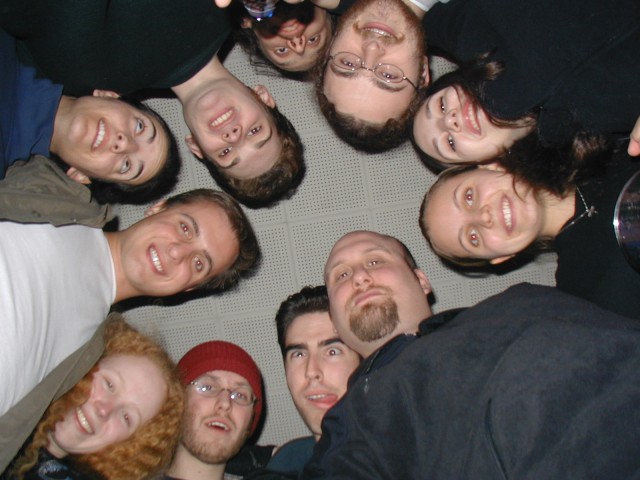Industrial designers and engineers are probably the last thing most of us think of when discussing online communities.
Last week two very different events illustrated just how successful businesses benefit from building communities around their products and services.
Over lunch at a nice restaurant overlooking Sydney Harbour Dassault Systemes launched their their latest Solidworks 3D design software where they described the two million members of their global user community as being key competitive advantage in the industrial design market.
In the business sector, having that ecosystem of users is the key success as shown by businesses ranging from AutoCAD to Photoshop. Almost every industry has some software package that dominates the sector because ‘everyone uses it’.
Building social media communities
At the other end of the scale earlier in the day PayPal Australia launched their latest Driving Business Online campaign showcasing online commerce tools for the small to medium business sector.
One of the companies they profiled was Brisbane fashion company Black Milk Clothing, a Brisbane based business that has grown from a startup to employing 150 staff in four years entirely through its 560,000 strong Facebook community and 655,000 Instagram followers.
While there’s risks with relying on social media platforms as a primary marketing channel, Black Milk is a good example of what a retail business can do with building an online community.
Older examples
None of this is really new, Apple are probably the best example of a tech community with millions of adoring fans prepared to queue around the block for the latest iPhone.
Microsoft’s continued profitability despite being in a declining market comes from its army of developers, system admins and IT support services who are deeply committed to the company’s products.
At it’s most basic, every business needs a core of dedicated customers, committed staff and enthusiastic evangelists — with today’s tools companies like Black Milk are able to build a global brand.
Not every business can build a global brand out of their communities of enthusiastic customers and dedicated employees but the goodwill in those groups are quite possibly the biggest asset any organisation has.
With today’s online collaborative tools and social media services there’s no excuse for a business not be nurturing and growing their communities.




